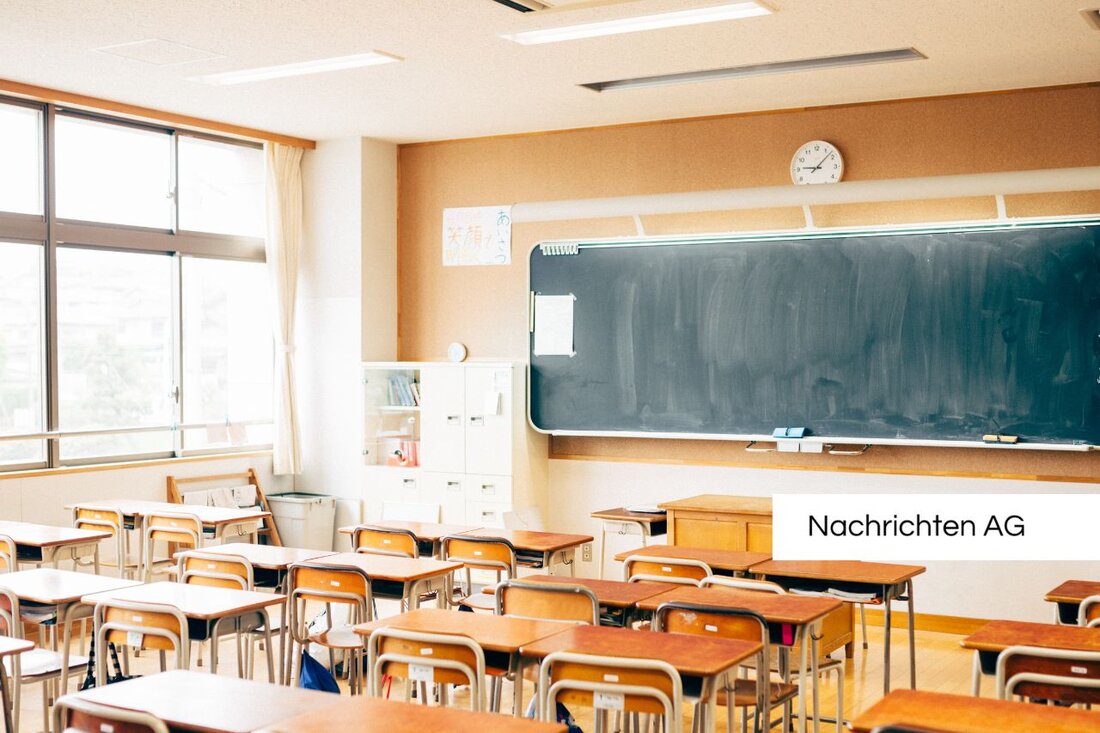Goethe University Frankfurt receives millions in funding for groundbreaking research
Two research projects at the Goethe University Frankfurt will receive over 3.1 million euros in funding for innovative studies.

Goethe University Frankfurt receives millions in funding for groundbreaking research
On May 21, 2025, it was announced that two research projects at Goethe University Frankfurt would be funded by the Emmy Noether Program of the German Research Foundation (DFG). This initiative aims to support young researchers by enabling them to set up their own junior research groups and achieve scientific independence. A total of more than 3.1 million euros will flow into these projects.
Dr. Tobias König from the Institute of Mathematics will receive up to 1.3 million euros for the project “Geometric functional inequalities and their stability”. His research focus is on mathematical inequalities that correspond to underlying natural phenomena. The aim is to develop new mathematical tools for analyzing stable states that can be important in various scientific disciplines.
Lipid metabolism and neurodegenerative diseases
Prof. Dr. Till Stephan from the Institute of Molecular Biosciences received up to 1.8 million euros for his study of lipid metabolism in cells. He researches the transport and synthesis of lipids between cell organelles, specifically between the endoplasmic reticulum and mitochondria. Disturbances in these processes may be associated with serious neurodegenerative diseases such as Parkinson's and Alzheimer's. For his investigations, Stephan uses biochemical methods, mass spectrometry and super-resolution fluorescence microscopy.
Prof. Stephan's research is particularly relevant because understanding lipid dynamics in cells can be crucial to developing therapeutic approaches for the diseases mentioned. This support from the DFG is a further step towards strengthening research at the Goethe University Frankfurt and offers younger scientists an important qualification level on the way to becoming a university professor.
From soap bubbles to experimental models
In an interesting context, soap bubbles are often used as a metaphor for fleeting moments and the beauty of life. A report from Chemistry school explains that soap bubbles are thin films of soapy water that form a hollow sphere with an iridescent surface. These balls are usually only stable for a short time and are sensitive to touch.
Soap bubbles consist of a thin film of water in which soap molecules accumulate. These molecules possess both hydrophilic and hydrophobic properties, resulting in the characteristic spherical shape as surface tension minimizes the surface area. Physical aspects of soap bubbles, such as the interface anomalies, can also solve complex mathematical problems and serve as an inspiring example for minimal surface research.
In addition, soap bubbles in architecture, such as at the Olympic site in Munich, enable the determination of optimal roof constructions, which underlines the interdisciplinary nature of mathematics and physics. The study of soap bubbles can therefore serve as an approach to better understand fundamental principles in biophysics and other areas of natural science.
The exchange between these different research fields could lead to new insights. For the two funded projects at the Goethe University Frankfurt, this represents a promising opportunity to further push the boundaries of knowledge in mathematics and life sciences. Supplies for the next generation of scientists are secured through these important funding.

 Suche
Suche
 Mein Konto
Mein Konto
